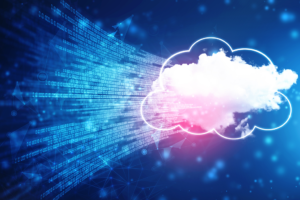Overview
With the proliferation of Internet of Things (IoT) and the burgeoning of 4G/5G network, we have seen the dawning of the IoE (Internet of Everything) era. Huge volumes of data generated by things are immersed in our daily life, and hundreds of applications will be deployed at the edge to consume these data.
The issues in the centralized big data processing era have helped launch a new computing paradigm, edge computing, which calls for processing the data at the edge of the network. Leveraging the power of cloud computing, edge computing has the potential to address the limitation of computing capability, the concerns of response time requirement, bandwidth cost saving, data safety and privacy, as well as battery life constraints. In this dynamic program from IEEE you’ll learn what edge is, and then explore several practical applications, ranging from cloud offloading to smart home and city, as well as collaborative edge. You will also discover several challenges and opportunities in the field of edge computing.
In this dynamic program from IEEE you’ll learn what edge computing is, and then explore several practical applications, ranging from cloud offloading to smart home and city, as well as collaborative edge. You will also discover several challenges and opportunities in the field of edge computing.Learn more how your organization can benefit from IEEE training here.
Edge Computing Resources
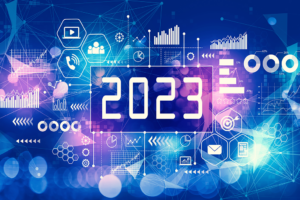
Top Technology Trends for 2023
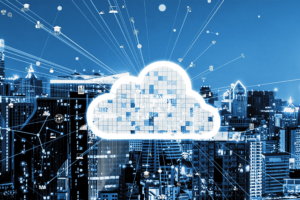
How Can Recent Trends in Cloud Computing Mitigate Outages?
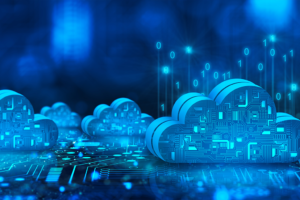
Why Organizations Are Embracing the Multi-Cloud

Three Ways to Establish a Digital Transformation Cloud Strategy

Will Edge Computing Accelerate Digital Transformation?
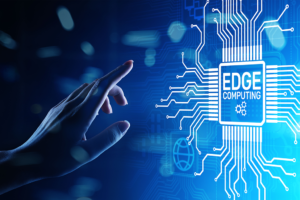
How Will Edge Computing Evolve in 2021?
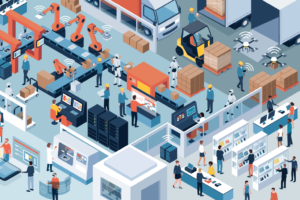
As Telecoms Struggle to Deliver 5G, Some Companies Turn to Private 5G Networks

Is Confidential Computing the Future of Cloud Security?
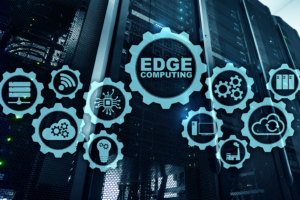
How Edge Computing Can Revolutionize Industries
